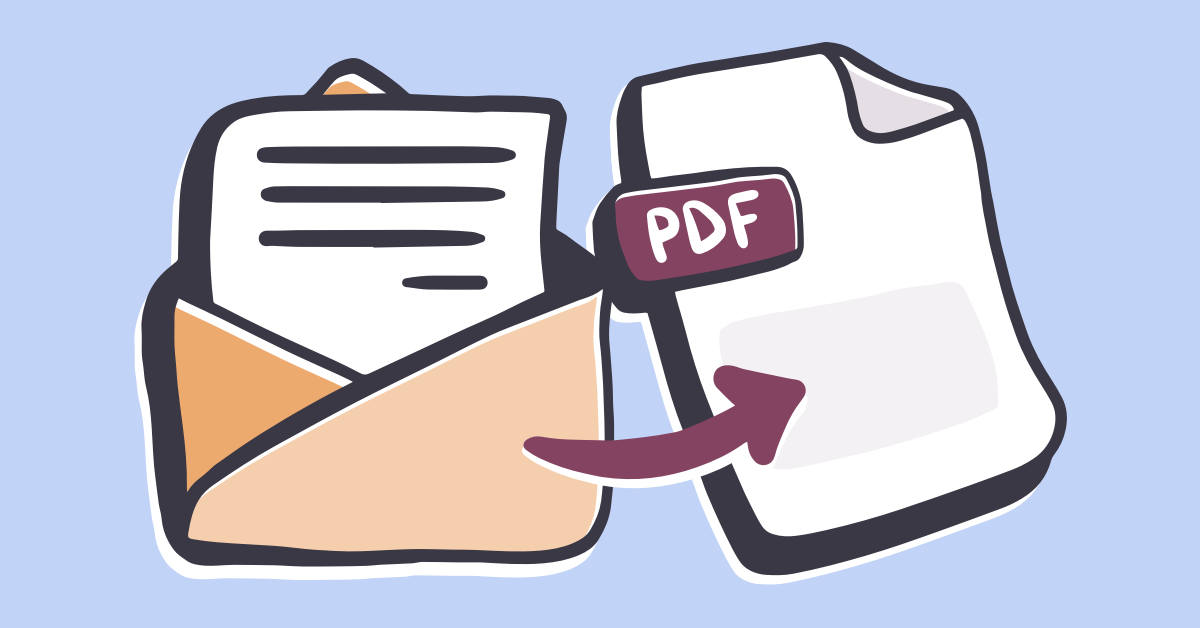Gmail is one of the most popular platforms for emails in the digital age. It can be challenging to manage and arrange emails. It is convenient to to store and share emails in the format of PDF.

Why should emails be saved as PDF files?
Before we get into the how-tos, let’s take a moment to understand the importance of saving emails to PDF. PDF, also known as Portable Document Format is a standard file format that is renowned for its versatility and uniformity across all devices. Converting emails to PDF produces a snapshot that maintains the original design and formatting of the email. It’s a great method to save important information and makes it simple to send out.
How to save an email as a PDF within Gmail
1. Open the email: Sign in to your Gmail account. Open the email that you would like to save to PDF.
2. Click the Print Icon. Look for the icon that indicates printing (usually the printer). In order to open the dialog for printing, just click it.
3. Choose “Save as PDF” in the destination field Choose “Save as PDF” from the available printers.
4. Change Settings (Optional) Before saving, you can adjust settings such as layout, paper size, and orientation based on your preferences.
5. Click Save Then click the “Save” button to select the destination folder on your PC and save the email in a PDF file.
Save Email to PDF – Your Ultimate Guide to Seamless Conversion
Let’s review some additional suggestions and ideas that can improve your experience emailing PDFs to Gmail.
Create folders for organizing your files. To maintain a logical procedure in place, you can create folders dedicated to different categories. For example, folders could be set up for emails that relate to work, personal correspondence, and even specific projects. These folders make it easy to retrieve emails by saving them as PDFs.
Batch Processing When you have multiple emails that you want to save, Gmail allows you to select and print them in batch. This feature can be particularly useful when you need to archive whole conversation or project threads.
Name Conventions: Create an agreed-upon naming system to all your saved PDFs. Include important information like the sender’s email address, subject or even the date, to make it easy to locate the files.
Password protection: To increase security, secure sensitive PDFs. This will ensure that only authorized individuals can access the content, adding an additional layer of security.
Cloud Storage Integration: Learn how you can integrate your Gmail account with cloud storage solutions. You can then save your email messages to Google Drive or other platforms as PDFs, which allows access to them from any place.
You can also read our conclusion.
In conclusion, the ability to save emails as PDF in Gmail is a valuable skill that enhances your email management and organizational capabilities. Converting emails to PDF is an option for archiving important communications, creating a library of reference information and sharing data with coworkers.
Be aware that mastering this technique not only streamlines your workflow, but will also help you create a more efficient and well-organized digital experience. Utilize the power of PDF format to efficiently store your emails, share them with others and refer back to your emails as you explore the vast realm of email correspondence. Save emails as PDFs to unlock new levels of efficiency for your Gmail account.